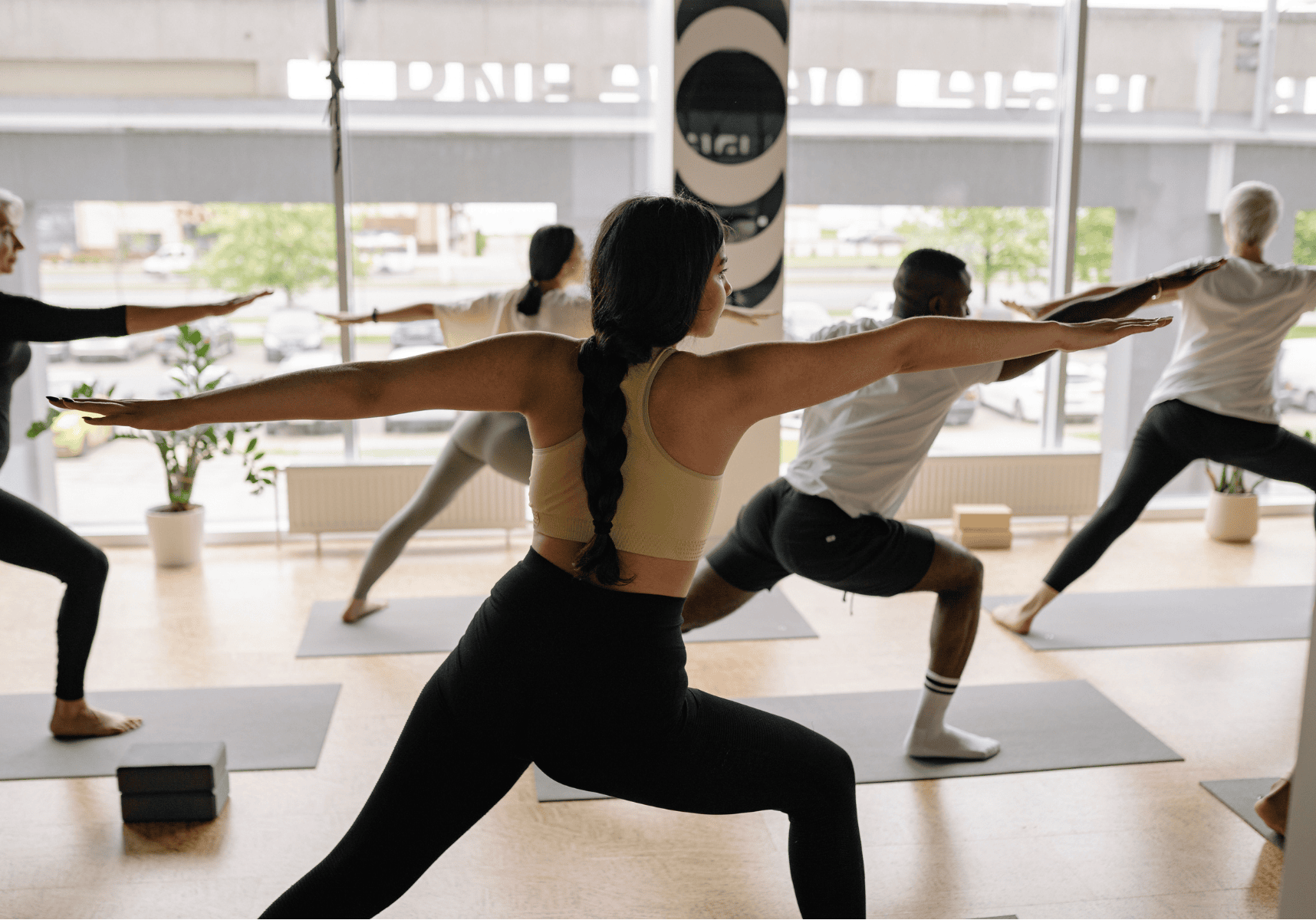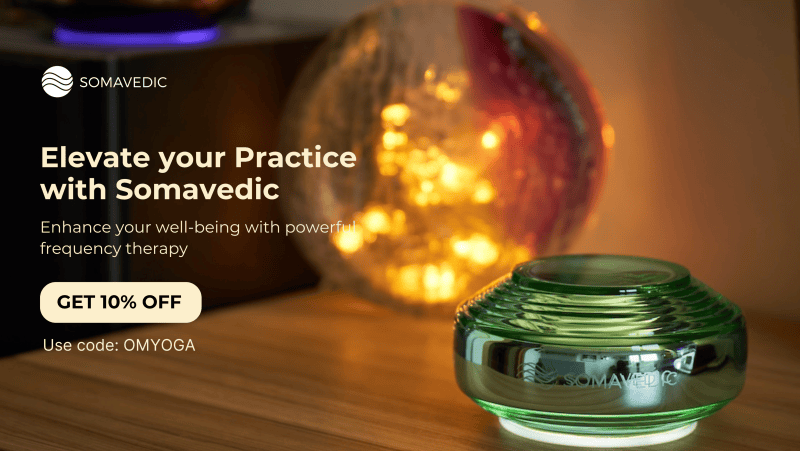
Teaching Four Different Types of Personality Effectively
Yoga classes attract a wide variety of personalities, this article offers guidance for teachers and those in training on how to connect with every student on an authentic level, making classes more inclusive and effective.
Reading time: 3 minutes
There are 4 main personality types, and they all come to our classes. To ensure we are connecting effectively with them all, we can vary our cues, body language and visual demonstrations. The main benefits are:
- Everybody feels included
- The class can follow easily
- They are motivated throughout the class and more likely to return
The four types of personality are D,I,S and C.
The common traits are:
- D – Dominance: Likes to control situations, goal oriented, risk taker, good under stress, decisive, direct, assertive, competitive and determined.
- I – Influencer: Enjoys socialising, optimistic, outgoing, enthusiastic, people oriented, motivational and persuasive.
- S – Steadiness: Supportive, cooperative, caring, agreeable, calm, trustworthy and patient.
- C - Conscientiousness: Task orientated, cautious, analytical, persistent, perfectionist and wants specific facts.
An 'I' personality will chat a lot, often compliment you on your appearance. They will be at the front and will include others and enjoy making newcomers feel welcome.
An 'S' personality will be loyal to you and enjoy being set a task and given a goal of the yoga practice. They like to work things out in their own time, will therefore be near the back or sides of the class so they can watch and observe at their own pace. They will be empathetic to others and want to ensure everyone is okay.
A 'C' personality will want all the information: what, why and how? They will have all the kit and likely to be further to the back of the room as they want minimal attention.
How to connect with every student
Some example cues/body language when teaching:
Tree Pose
- D – “The higher the foot comes up your leg the stronger the stretch for the adductors. Try taking your eye gaze off the spot to improve balance”. Demonstrate the advanced option.
- I – “Play with the pose, see if the foot will lift higher whilst keeping your core strong to help you balance. Tap down, wobble, see what works today”. Smile, laugh with the wobble demonstration.
- S – “The toes can balance on the floor or gradually come higher up the leg to open the inner thighs more. You can practise this at home whilst brushing your teeth to improve your balance and stability”. Show side on as well as forwards, even move among the group whilst teaching to help gain eye contact.
- C – “Keep the hip bones facing forward to ensure there is limited rotation through the pelvis and lower back. The shoulders stay stacked over the hips to encourage alignment through the spine. Keep your core engaged to help stabilise the pose”. Place your hands deliberately on your pelvis etc when talking about those areas, or use a participant who enjoys demonstrating, and you know well.
Some example cues/body language when giving praise:
- D – “Excellent progress, you have definitely improved since last month, you’re ready for the next progression.”
- I – Direct eye contact and an encouraging nod, maybe even a hand on the shoulder or a thumbs up/high five with a well done.
- S – “Great to see you again, you are doing so well, I hope you can feel the difference.”
- C – “Super progress, your alignment and balance was spot on, I’m glad hands on your hips helped”





